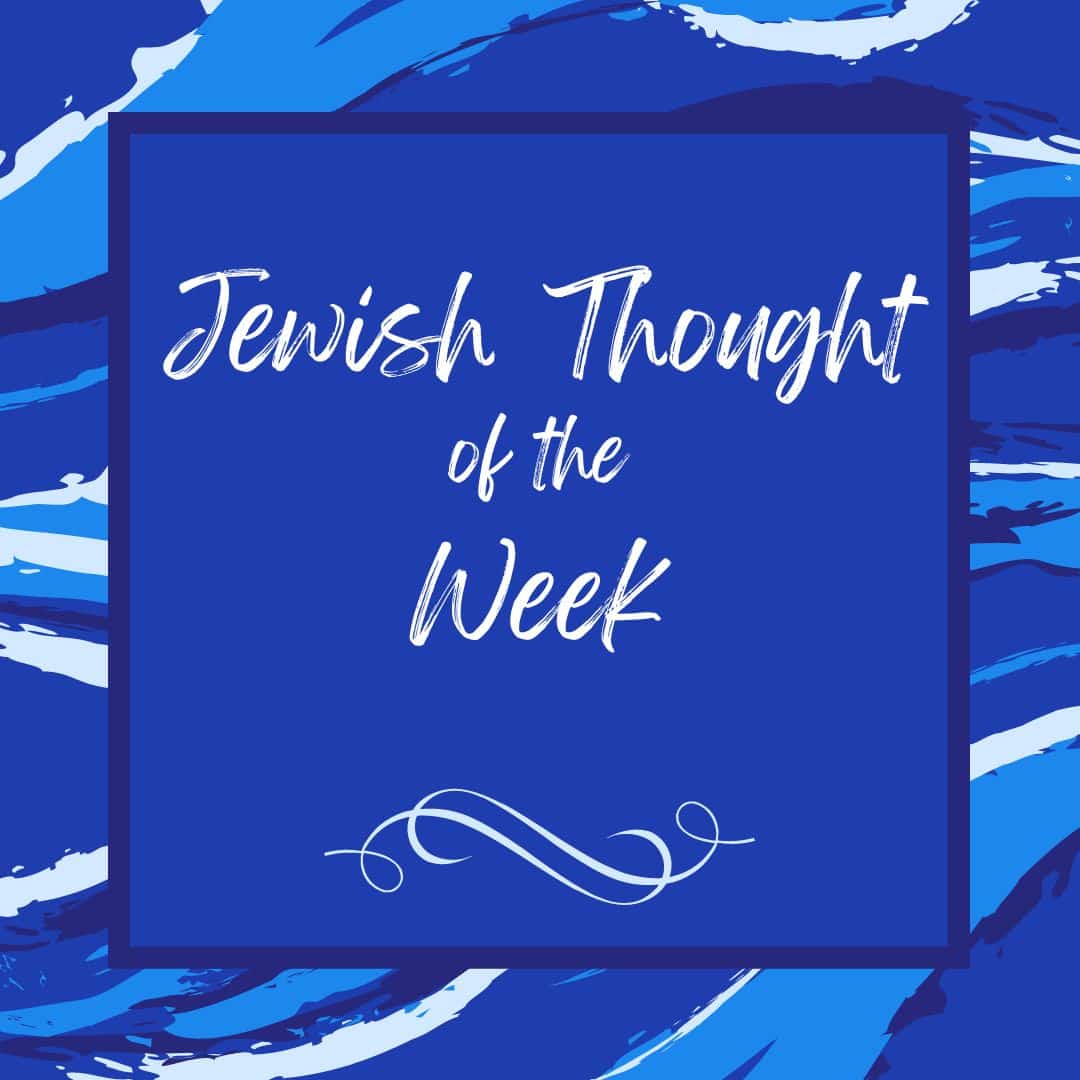By Stacey Block
Ten years ago, marked the first time I studied the Torah portion Tetzaveh from the Book of Exodus. It coincided with our daughter Abby’s Bat Mitzvah. Together, she and I explored its significance, discussed it with our Rabbi, Gary Pokras, pondering its meaning through the lens of a 13-year-old. Looking back now, Abby’s reflections from that time resonate closely with my own thoughts as I revisit the text a decade later.
Tetzaveh recounts the ordination of Aaron and his sons as Kohanim (priests), detailing the intricate rituals involved. One aspect that particularly captivated both Abby and me was the elaborate description of the vestments worn by the priests, crafted with a lot of gold. From the choshen (breastplate) to the ephod (apron), and from the me’il (cloak) to the avnet (sash), each garment was imbued with symbolic significance. The use of gold, blue, purple, and crimson yarns, fine linen, and precious stones adorned these sacred garments, creating a visual tapestry of reverence and devotion.
The ephod, for instance, bore two lazuli stones on its shoulder pieces, inscribed with the names of the twelve sons of Israel. Similarly, the choshen displayed the names of the 12 tribes of Israel in precious stones arranged in four rows. Aaron wore the breastplate over his heart, serving as a constant reminder of his duty to the Israelite people. The me’il, with its intricate design of yarns interspersed with golden bells and pomegranates, added to the rich symbolism of the priestly attire. The tzitz, a golden plate inscribed with “Holy to the Lord,” adorned Aaron’s forehead, underscoring the sacredness of his role.
These vestments carried a weighty responsibility, symbolizing the priests’ role as intermediaries between the people and God. Aaron, as the leader, bore the burden of representing the Israelites before God; his presence among the people facilitated their connection with God, enabling them to pray and seek guidance.
In the modern era of 2024, when our clergy are not adorned in layers of gold and jewels, their presence and guidance remain invaluable. They continue to lead, teach, and inspire us. The word tetzavah means “you shall command,” but it can also be interpreted as “you shall connect” or “you shall bond.” Our clergy command us to open ourselves to the teachings of the Torah, they connect with us to foster a sense of belonging in our places of worship, and they bond with us to create a safe and nurturing community.
Today, Jewish individuals may wear items that set them apart from other people in the community, such as kippot, tallit, or a Star of David necklace. These articles signify our respect for sacred tradition and our commitment to honoring our Jewish heritage. It is not solely the responsibility of the priests to command, connect, and bond with the world around us; each of us is called upon to step forward and lead.
One way that has resonated with me the past few years is helping to build Federation’s Dignity Grows initiative. Dignity Grows is leading the fight against hygiene poverty through direct product support and partnerships with local social service agencies. We provide opportunities to help our neighbors in need through fundraising and tote packing events. Each Dignity Grows Tote is filled with a full-month supply of hygiene products and period necessities. To help the fight against hygiene poverty, go to dignitygrows.org or contact mandy@buffalojewishfederation.org for more information.
Stacey Block is the Senior Director of Operations at the Buffalo Jewish Federation.


A gift to TBZ from the B’nai Mitzvah class of 2014, created by Robyn Cooper. Each of the kippah’s were used at B’nai mitzvahs of students in the class.
